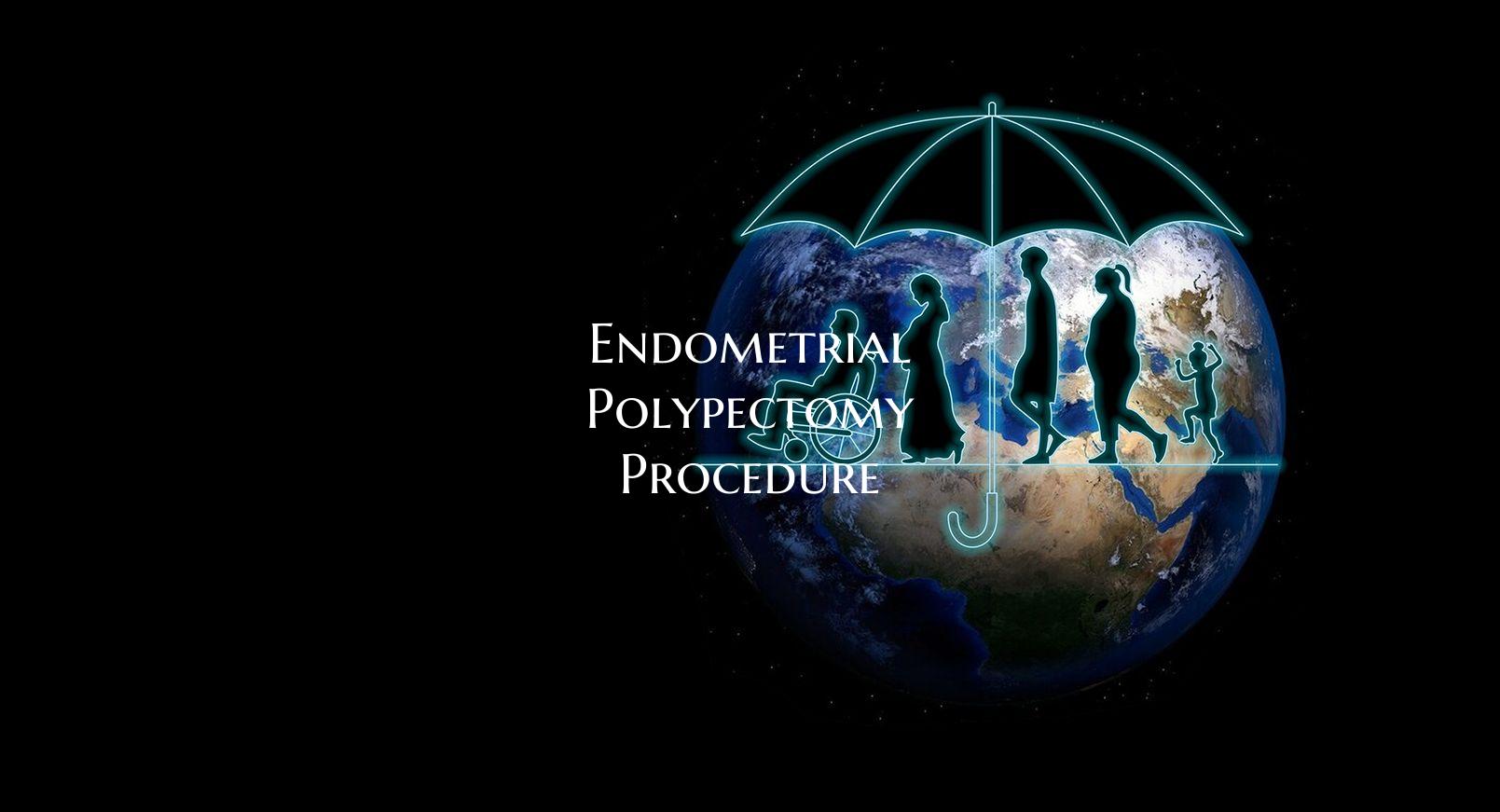
Endometrial Polypectomy Procedure
Introduction: Endometrial polyps are growths that arise from the inner lining of the uterus, called the endometrium. While often benign, these polyps can cause symptoms such as abnormal uterine bleeding, pelvic pain, and infertility. Endometrial polypectomy is a minimally invasive procedure performed to remove these polyps and alleviate associated symptoms. Let's delve deeper into what the procedure involves.
1. Diagnosis and Preoperative Evaluation: - Endometrial polyps are commonly diagnosed through transvaginal ultrasound, hysteroscopy, or after a biopsy. - Prior to the procedure, the patient may undergo additional tests to evaluate the size, number, and location of the polyps, as well as assess overall uterine health.
2. Procedure Overview: - Endometrial polypectomy can be performed in an outpatient setting using hysteroscopy, a minimally invasive technique that allows direct visualization of the uterine cavity. - The patient is usually given anesthesia to minimize discomfort during the procedure. - A hysteroscope, a thin, lighted instrument, is inserted through the cervix into the uterus to locate and remove the polyps using specialized tools.
3. Recovery and Postoperative Care: - Following the procedure, most patients can return home the same day. - Mild cramping, spotting, or discharge may be experienced for a few days after the polypectomy. - It is advisable to avoid strenuous activities and sexual intercourse for a brief period postoperatively. - Close follow-up with the healthcare provider is essential to monitor healing and address any concerns.
4. Risks and Complications: - While endometrial polypectomy is considered safe, potential risks include infection, bleeding, uterine perforation, and recurrence of polyps. - Patients should be informed about these risks and instructed on when to seek immediate medical attention in case of complications.
5. Expected Outcomes: - In many cases, the removal of endometrial polyps through polypectomy leads to a significant improvement or resolution of symptoms such as heavy menstrual bleeding and pelvic pain. - The procedure can also improve fertility outcomes for individuals struggling with infertility due to polyps.
6. Conclusion: - Endometrial polypectomy is a valuable and effective treatment option for individuals with symptomatic endometrial polyps. By understanding the procedure, its benefits, and potential outcomes, patients can make informed decisions in collaboration with their healthcare providers to manage this condition effectively.
Remember, individual experiences with endometrial polypectomy may vary, and it is crucial to consult with a healthcare professional for personalized advice and guidance tailored to your specific condition.